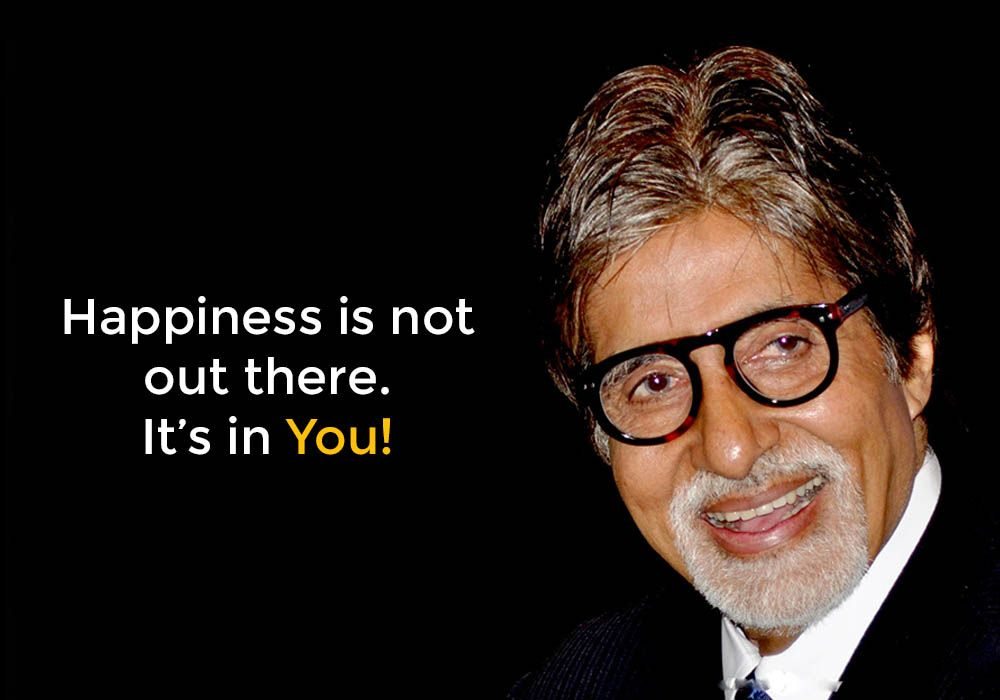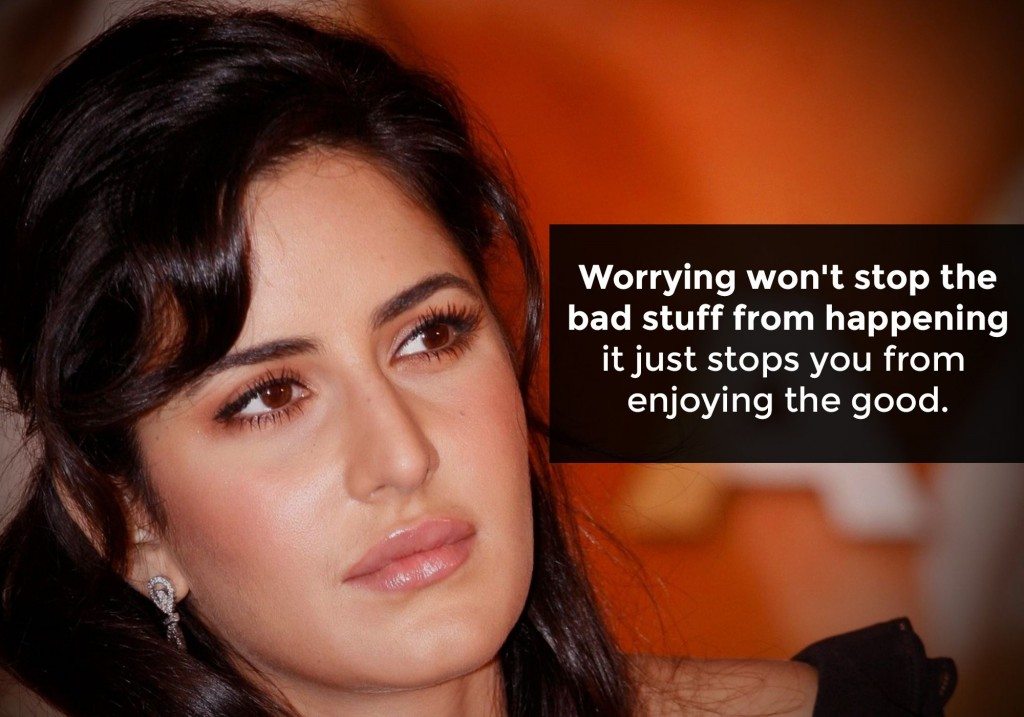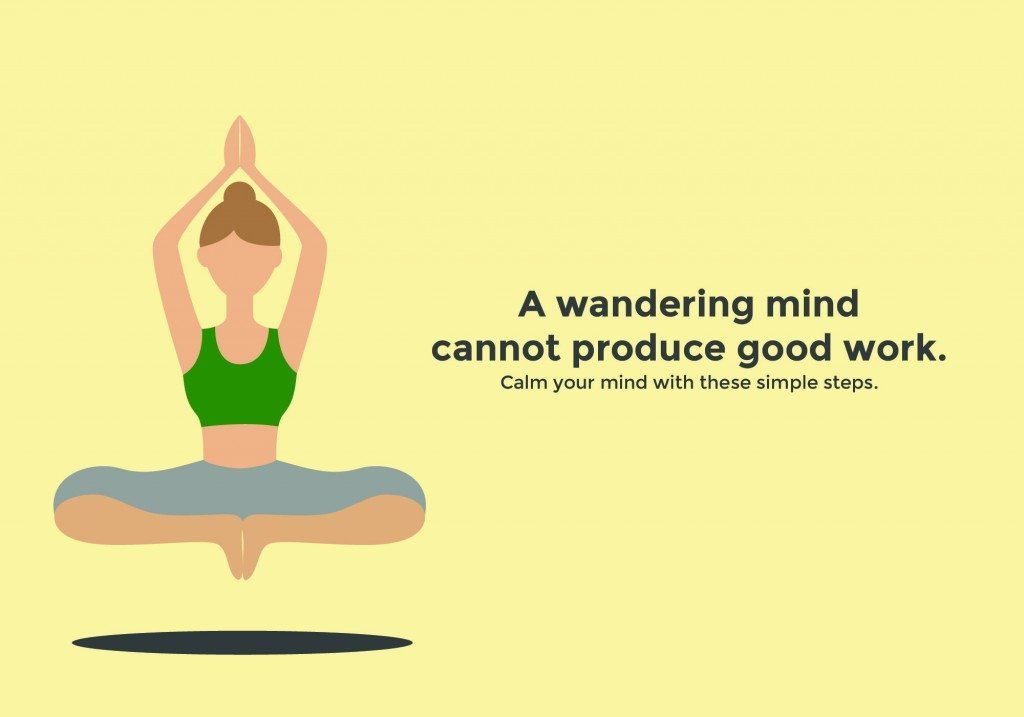Mindfulness is focusing all your attention on the present moment. You only observe the sensations happening in and around you, but you do not label these sensations as good or bad and do not try to alter them. You are simply aware, or mindful, of the present moment.
Mindfulness as a concept first appeared in Buddhist religious literature, though similar tenants of focusing energy on the present moment can be found in most religions.
The practice of mindfulness was introduced to health and psychology by Professor Jon Kabat-Zinn, as a technique to achieve physical and mental well-being.
Why should you practice mindfulness?
Well, to put it very bluntly, it is the easiest and most effective way of dealing with all the mess in your life. It is a way to not obsess about the past or worry about the future, but divert all that energy into the present moment. In fact, there are physiological benefits of practicing mindfulness as well!
It is good for the heart and gastrointestinal organs and can alleviate depression and stress. Mindfulness is now used as a part of the treatment of psychological illnesses, especially cognitive behavioral therapy.
The main ‘players’ in the process of practicing mindfulness are, well, first your mind and the million thoughts buzzing in your mind. Next is your breathing, which is what you asked to concentrate on. And lastly, are the sensations and sounds in and around you.
So here’s how to calm your mind of the thoughts swarming in it: Sit down in a relatively quiet and dark place. You can sit in any comfortable position, close your eyes and focus on your breathing. If you find your mind wandering, you could picture a red balloon in your abdomen. The balloon inflates every time you breathe in and deflates every time you breathe out. Feel the cool air that you breathe in and the warm air you breathe out. Then concentrate on the sounds around you, but do NOT get attached to any sound. Pay attention and use all your sensations.
So, there you have it – how to practice mindfulness. Do give it a try and let us know what you think in the comments below!




